Digital Slr Camera What Is It ?
A digital SLR camera, also known as a DSLR camera, is a type of camera that uses a digital imaging sensor to capture and store photographs. It combines the features of a traditional single-lens reflex (SLR) camera with the convenience and capabilities of digital technology. DSLR cameras offer interchangeable lenses, allowing photographers to use different lenses for various types of photography. They also provide manual control over settings such as aperture, shutter speed, and ISO, giving photographers greater creative control over their images. DSLR cameras typically offer higher image quality, faster autofocus, and better low-light performance compared to other types of digital cameras. They are widely used by professional photographers, as well as photography enthusiasts, due to their versatility and ability to produce high-quality images.
1、 Definition and Overview of Digital SLR Cameras
A digital SLR camera, also known as a DSLR camera, is a type of camera that combines the optics and mechanisms of a single-lens reflex camera with a digital imaging sensor. It is designed to provide high-quality images and greater control over the photographic process.
The key feature of a DSLR camera is its ability to use interchangeable lenses, allowing photographers to choose the lens that best suits their needs for a particular shot. This versatility makes DSLRs popular among professional photographers and enthusiasts who require a wide range of focal lengths and specialized lenses for different types of photography, such as portrait, landscape, or sports.
In addition to lens interchangeability, DSLR cameras offer a range of manual controls, including aperture, shutter speed, and ISO settings, allowing photographers to have precise control over exposure and depth of field. This level of control is particularly beneficial in challenging lighting conditions or when capturing fast-moving subjects.
Furthermore, DSLR cameras typically have larger image sensors compared to point-and-shoot cameras or smartphones. This larger sensor size allows for better image quality, improved low-light performance, and greater dynamic range.
In recent years, DSLR cameras have faced competition from mirrorless cameras, which offer similar image quality and control in a more compact and lightweight form factor. However, DSLRs still hold a significant market share due to their established reputation, extensive lens selection, and robust build quality.
Overall, a digital SLR camera is a powerful tool for photographers who seek versatility, control, and high-quality images. It continues to be a popular choice for professionals and enthusiasts alike, despite the rise of mirrorless technology.
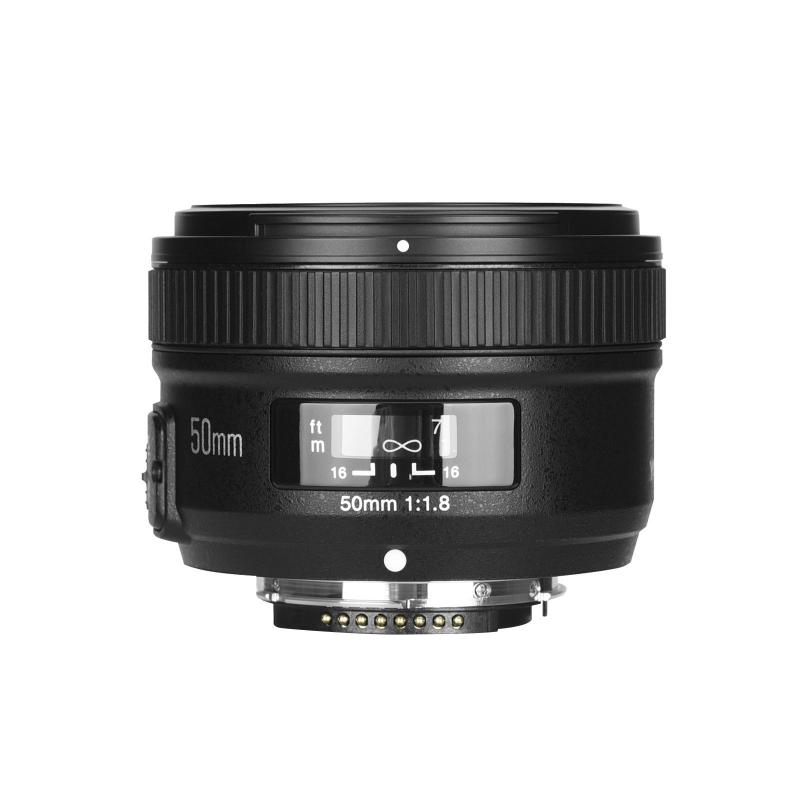
2、 Key Features and Components of Digital SLR Cameras
A digital SLR camera, also known as a DSLR camera, is a type of camera that combines the optics and mechanisms of a single-lens reflex camera with a digital imaging sensor. It is a popular choice among professional photographers and enthusiasts due to its versatility and high-quality image capture capabilities.
Key Features of Digital SLR Cameras:
1. Interchangeable lenses: One of the main advantages of DSLR cameras is the ability to change lenses, allowing photographers to adapt to different shooting situations and achieve various creative effects.
2. Optical viewfinder: DSLRs feature an optical viewfinder that allows photographers to see the scene directly through the lens, providing a clear and accurate representation of what will be captured.
3. Large image sensor: DSLR cameras typically have larger image sensors compared to compact cameras, resulting in better image quality, improved low-light performance, and greater dynamic range.
4. Manual controls: DSLRs offer extensive manual controls, allowing photographers to have full control over settings such as aperture, shutter speed, and ISO, enabling them to achieve their desired creative vision.
5. Fast autofocus: DSLRs are equipped with advanced autofocus systems that can quickly and accurately focus on subjects, making them suitable for capturing fast-moving action or sports photography.
6. Durability and build quality: DSLR cameras are built to withstand rugged conditions and are often weather-sealed, making them suitable for outdoor and challenging shooting environments.
7. High-speed continuous shooting: Many DSLRs offer high-speed continuous shooting, allowing photographers to capture a series of images in quick succession, which is useful for capturing fast-paced events or wildlife photography.
8. HD video recording: Most DSLRs are capable of recording high-definition videos, providing photographers with the flexibility to capture both still images and videos using the same device.
In recent years, DSLR cameras have faced competition from mirrorless cameras, which offer similar features in a more compact and lightweight form factor. However, DSLRs still hold their ground due to their established lens ecosystems, robust performance, and familiarity among professional photographers.
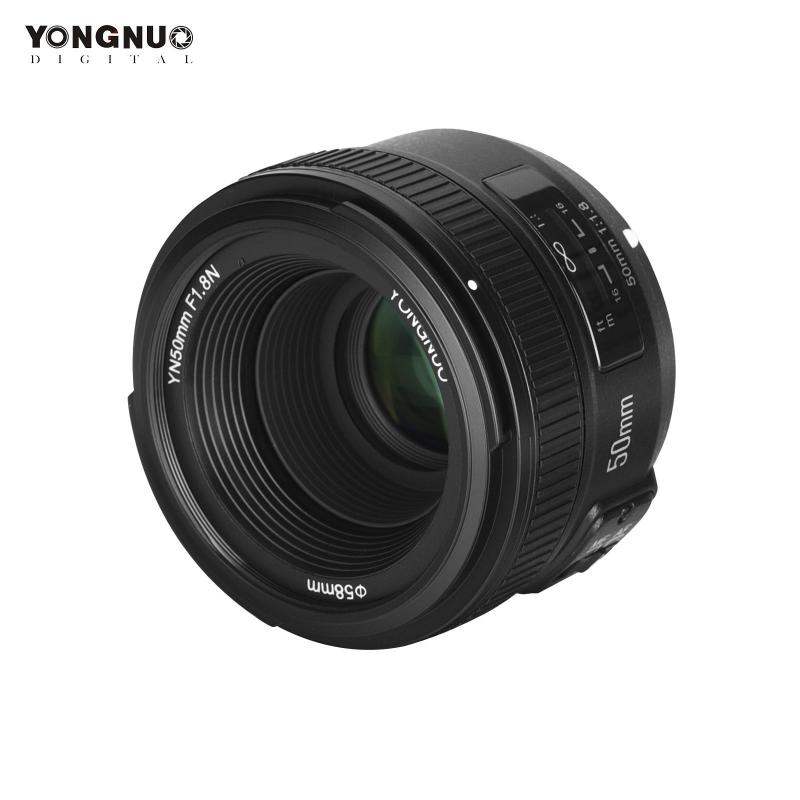
3、 Advantages and Benefits of Using Digital SLR Cameras
Digital SLR camera, also known as a DSLR camera, is a type of camera that uses a digital imaging sensor to capture and store photographs. It combines the optics and mechanisms of a single-lens reflex camera with a digital imaging sensor, allowing photographers to have more control over their images and achieve higher image quality.
One of the main advantages of using a digital SLR camera is the ability to change lenses. DSLR cameras have interchangeable lenses, which means that photographers can choose the best lens for each specific situation. This allows for greater flexibility and creativity in capturing different types of shots, such as wide-angle landscapes or telephoto close-ups.
Another benefit of using a DSLR camera is the ability to control various settings manually. DSLRs offer manual control over settings such as aperture, shutter speed, and ISO, allowing photographers to have full control over the exposure and depth of field of their images. This level of control is particularly important for professional photographers who need to have precise control over their images.
Digital SLR cameras also offer superior image quality compared to other types of cameras. DSLRs have larger image sensors, which allow for better light sensitivity and lower noise levels. This results in sharper, more detailed images with better color reproduction.
Furthermore, DSLR cameras often have faster autofocus systems and higher burst rates, making them ideal for capturing fast-moving subjects such as sports or wildlife. They also have optical viewfinders, which provide a clear and real-time view of the scene, allowing photographers to compose their shots more accurately.
In recent years, DSLR cameras have faced competition from mirrorless cameras, which offer similar image quality and manual control in a smaller and lighter package. However, DSLRs still have their advantages, such as longer battery life and a wider range of available lenses.
In conclusion, digital SLR cameras offer numerous advantages and benefits for photographers. They provide greater control over settings, interchangeable lenses for versatility, superior image quality, and fast autofocus systems. While mirrorless cameras have gained popularity, DSLRs still hold their ground as reliable and powerful tools for professional and enthusiast photographers.
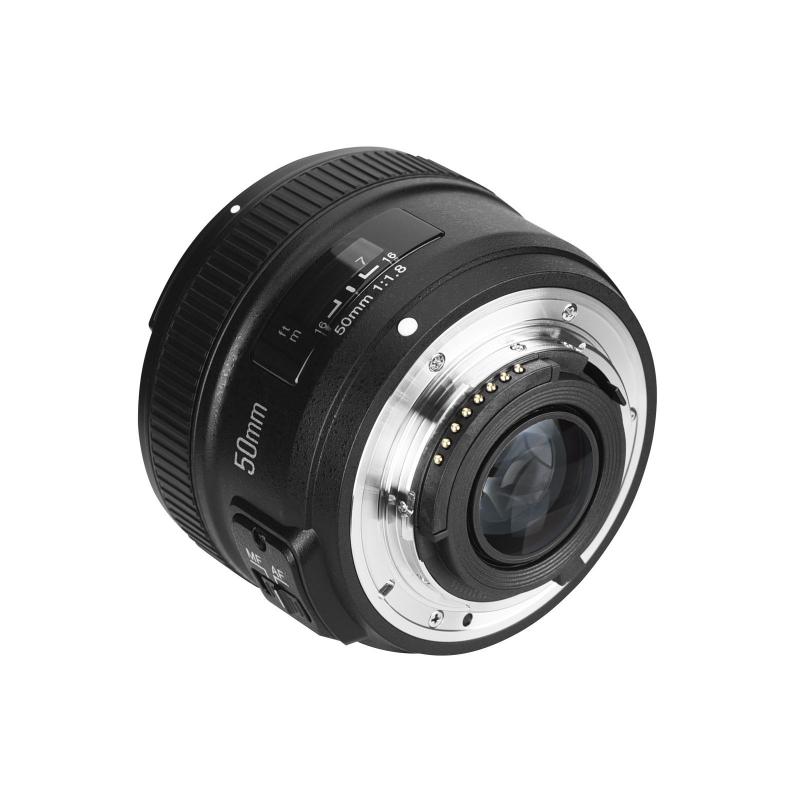
4、 Comparison between Digital SLR Cameras and Other Camera Types
Digital SLR camera, also known as a DSLR camera, is a type of camera that uses a digital imaging sensor to capture and store photographs. It combines the optics and mechanisms of a single-lens reflex camera with a digital imaging sensor, allowing photographers to view the scene through the lens and capture high-quality images.
A DSLR camera offers several advantages over other camera types. Firstly, it provides superior image quality due to its larger image sensor and the ability to interchange lenses. This allows photographers to capture more detail and have greater control over depth of field. Additionally, DSLR cameras offer faster autofocus and continuous shooting speeds, making them ideal for capturing fast-moving subjects such as sports or wildlife.
Furthermore, DSLR cameras provide a wide range of manual controls, allowing photographers to adjust settings such as aperture, shutter speed, and ISO to achieve their desired creative effects. This level of control is not typically found in other camera types, such as point-and-shoot or smartphone cameras.
In recent years, mirrorless cameras have emerged as a strong competitor to DSLR cameras. Mirrorless cameras offer similar image quality and interchangeable lenses but are generally smaller and lighter than DSLRs. They also have electronic viewfinders, which some photographers prefer over the optical viewfinders found in DSLRs.
However, DSLR cameras still have their advantages. They often have longer battery life, better ergonomics, and a wider range of lens options. Additionally, DSLRs have a larger market share and a more established ecosystem of accessories and lenses.
In conclusion, a digital SLR camera is a powerful tool for photographers who require high image quality, manual control, and the ability to interchange lenses. While mirrorless cameras have gained popularity in recent years, DSLRs still offer unique advantages that make them a preferred choice for many photographers.
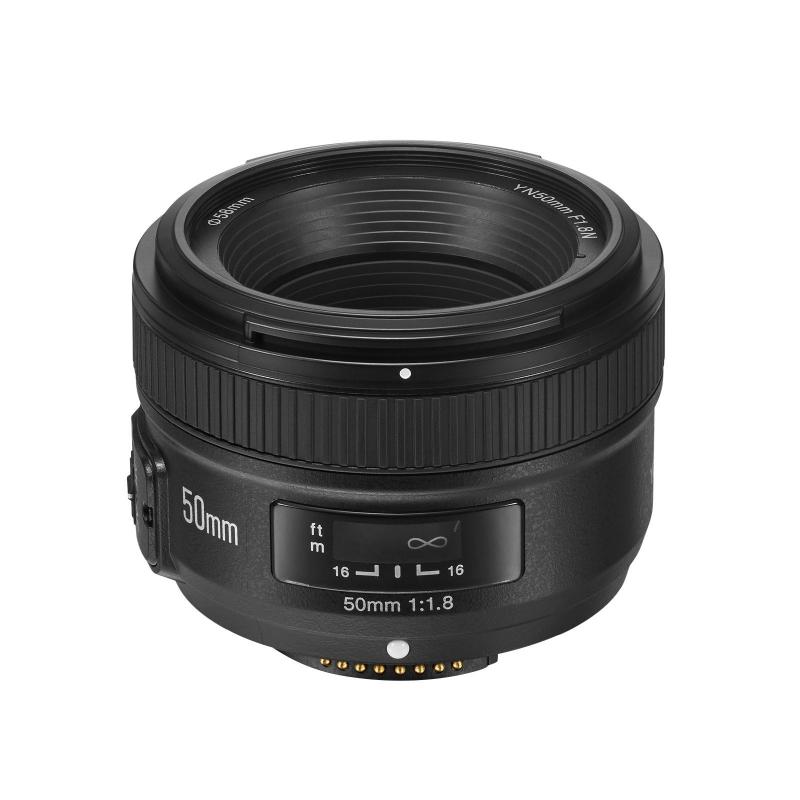

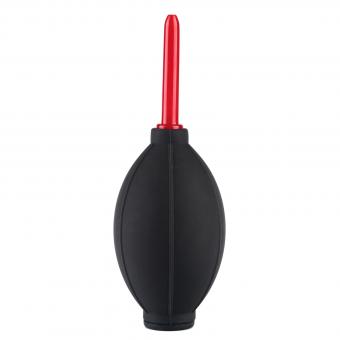



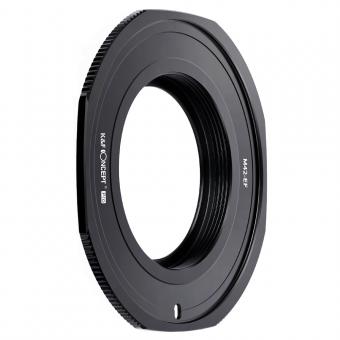















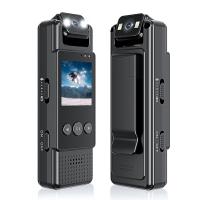


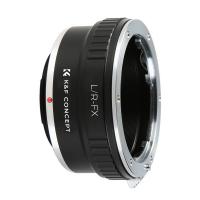

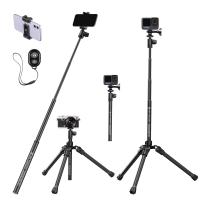
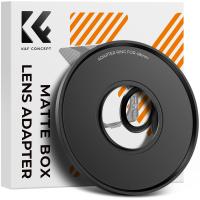
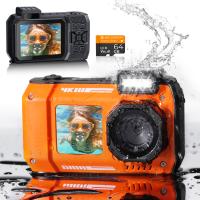
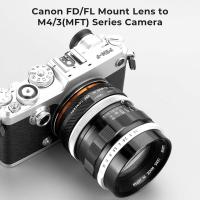
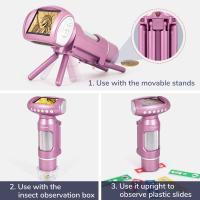



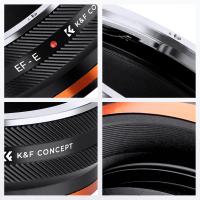




There are no comments for this blog.